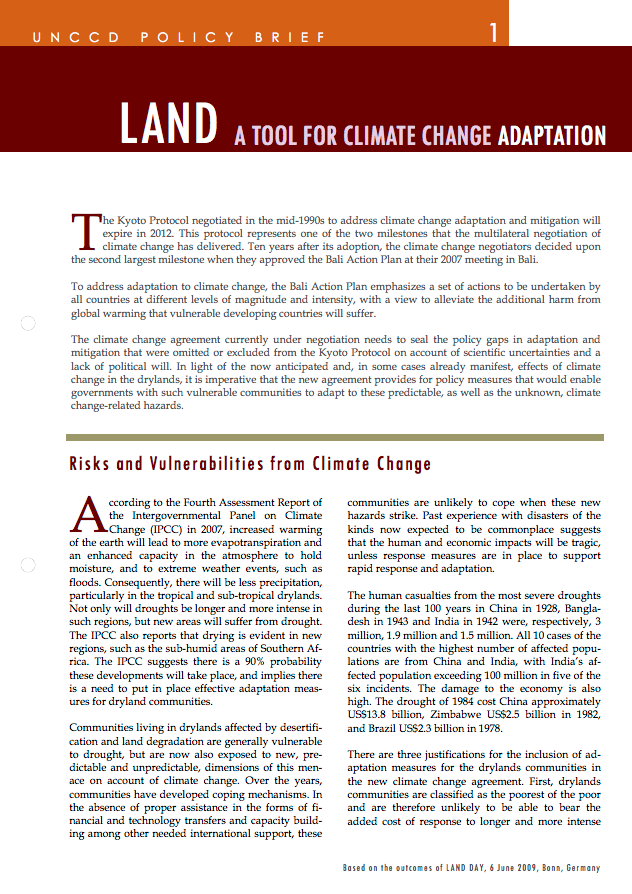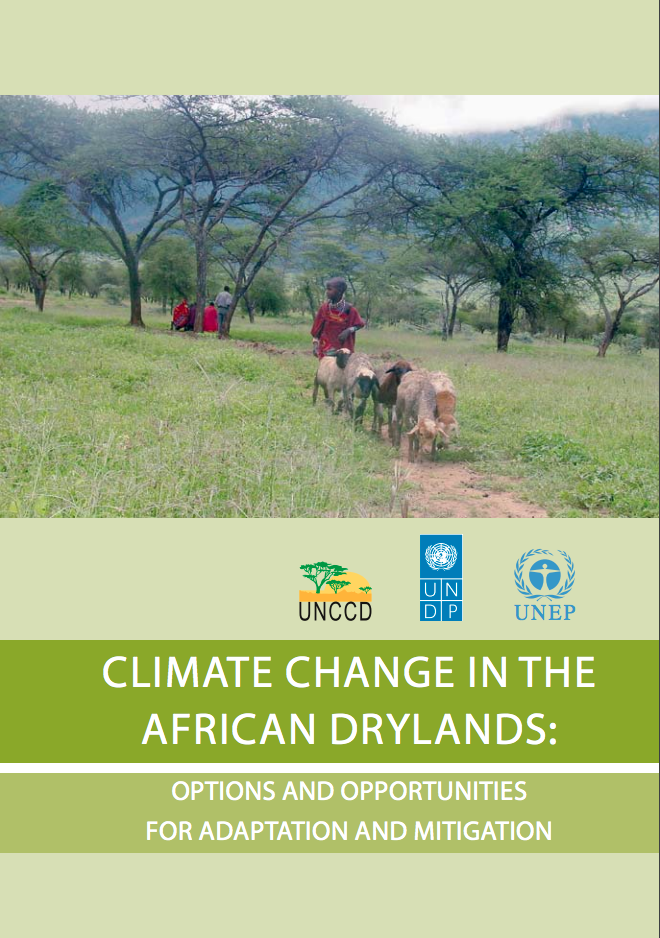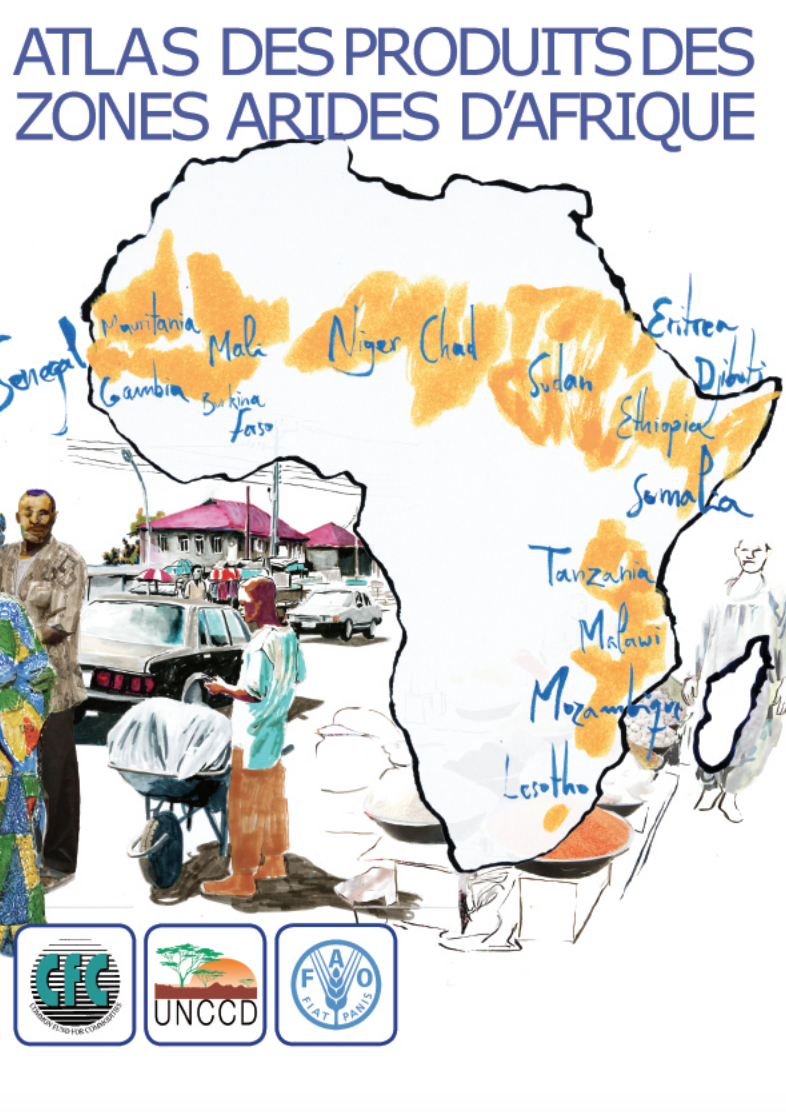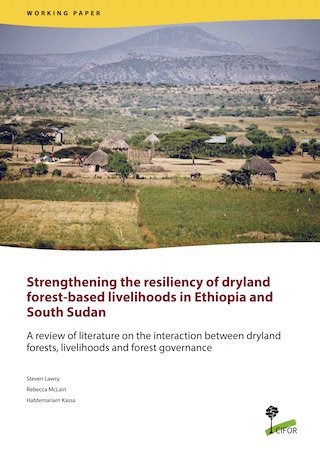UNNCD Fiche d’information: Introduction à la Convention des Nations Unies sur la lutte contre la désertification
La Convention offre de nouveaux espoirs dans la lutte contre la désertification
Le problème de la dégradation des terres dans les régions arides n'a cessé de s'aggraver au cours des vingt dernières années décennies. La Convention propose une manière entièrement nouvelle de gérer les écosystèmes arides et -ce qui n'est pas moins important- les flux d'aide au développement.












